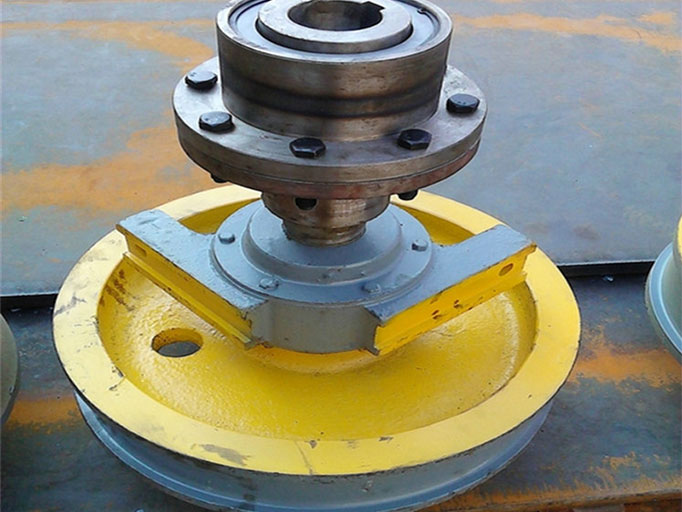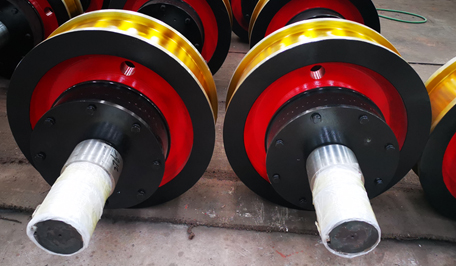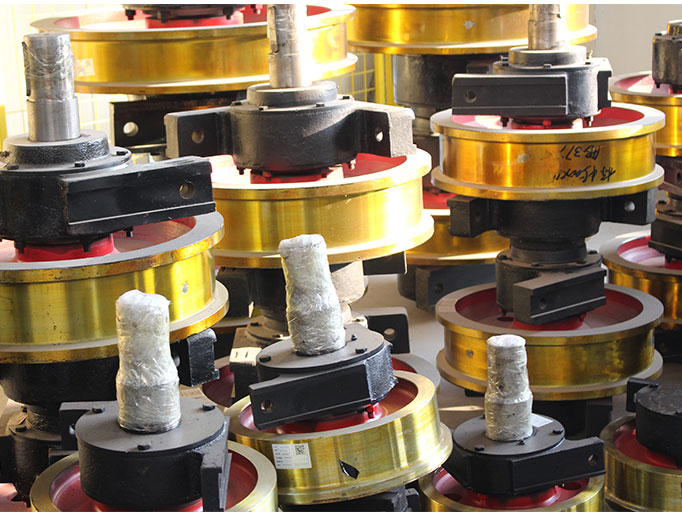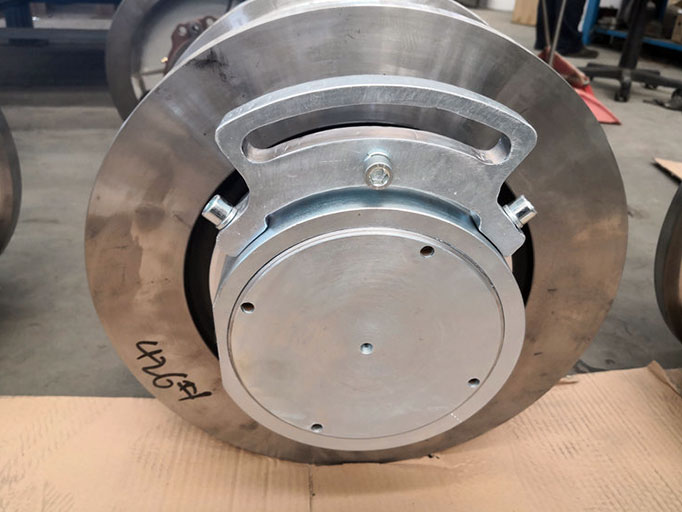WhatsApp: +8619037303916
Email: [email protected]
WhatsApp: +8619037303916
Email: [email protected]

Crane rail wheels are essential components of overhead cranes, gantry cranes, and other rail-mounted material handling equipment. When choosing crane rail wheels, there are several factors to consider to ensure the proper functioning and longevity of the equipment.
Here are some key factors to take into account:
Considering these factors will help you select the appropriate crane rail wheels for your material handling equipment, resulting in increased efficiency, reduced maintenance costs, and an extended service life.
The following is an excerpt from a technical reference document, provided for your information. If you are interested in learning more, you may download the complete PDF. also you can view our crane wheel product, If you require direct advice or a quotation, please contact us to obtain the information you need, our experts are ready to help you with any questions you may have and can offer customized recommendations and pricing details based on your unique requirements.






-the load on the wheel
-the quality of the metal from which it is made
-the type of rail on which it runs
-the speed of rotation of the wheel
-the group classification of the mechanism
To determine the size of a crane rail wheel, the following checks must be made :
-that it is capable of withstanding the maximum load to which it will be subjected, and
-that it will allow the appliance to perform its normal duty without abnormal wear.
The two requirements are checked by means of the following two formulae :
Pmean III ≤ PL . C1max . C2max < 1,38 . PL ≈ 1,4 PL
Taking C1max=1.2 and C2max=1.15
and Pmean I,II / (b.D) ≤ PL.C1.C2
(Note: For the meaning of the characters and the calculation method of each data(Such as "PL""C1""C2"), please refer to the attachment 👇)
Note 1 : The formulae apply only to wheels whose diameters do not exceed 1,25 m. For larger diameters experience shows that the permissible pressures between the rail and the wheel must be lowered. The use of wheels of greater diameter is not recommended.
Note 2: It should be noted that the limiting pressure PL is a notional pressure determined by supposing that contact between the wheel and the rail takes place over a surface whose width is the useful width defined earlier (clause 4.2.4.1.2.) and whose length is the diameter of the wheel. The method of calculating set out above is derived from application of the HERTZ formula, which may be written :
σcg2 / ( 0,35 . E ) = P / ( b . D )
where:
σcg2 is the compressive stress in the wheel and the rail in N/mm2
E the modulus of elasticity of the metal in N/mm2
P the wheel load in N
b and D in mm, being as defined above (clause 4.2.4.1.).
Taking KL to represent the value σ2cg/(0.35.E) which has the dimension of a pressure in N/mm2 , the relation may be written :
KL=P/(b.D)
and characterizes the wheel pressure on the rail. The formula of clause 4.2.4.1. is obtained by putting :
KL=PL.c1.c2
TO TOP